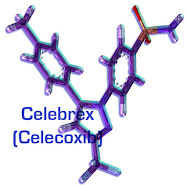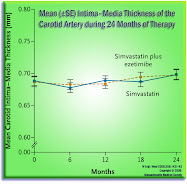More from the ACLU, out of Arizona.
. . . .In Arizona, beginning on July 28, 2010 (unless something fundamentally-changes), this should be the answer -- to any police stop asking for "your papers". . . .
. . . .Another plaintiff, Jesus Cuauhtémoc Villa, is a resident of the state of New Mexico who is currently attending Arizona State University. The state of New Mexico does not require proof of U.S. citizenship or immigration status to obtain a driver's license. Villa does not have a U.S. passport and does not want to risk losing his birth certificate by carrying it with him. He worries about traveling in Arizona without a valid form of identification that would prove his citizenship to police if he is pulled over. If he cannot supply proof upon demand, Arizona law enforcement is required to arrest and detain him.
Several prominent law enforcement groups, including the Arizona Association of Chiefs of Police, oppose the law because it diverts limited resources from law enforcement's primary responsibility of providing protection and promoting public safety in the community and undermines trust and cooperation between local police and immigrant communities.
"This ill-conceived law sends a clear message to communities of color that theauthorities are not to be trusted, making them less likely to come forward as victims of or witnesses to crime," said Linton Joaquin, General Counsel of NILC. "Arizona's authorities should not allow public safety to take a back seat to racial profiling. . . ."
[From the Complaint:]
. . . .SB 1070 is unconstitutional. It violates the Supremacy Clause and core civil rights and civil liberties secured by the United States Constitution, including the First Amendment right to freedom of speech and expressive activity, the Fourth Amendment right to freedom from unreasonable searches and seizures, and the Equal Protection Clause guarantee of equal protection under the law. . . .
Indeed.

























 [New Merck] lobbied to oppose or limit reimportation of drugs made here from foreign countries where prices are lower, something that the pharmaceutical industry has long opposed.
[New Merck] lobbied to oppose or limit reimportation of drugs made here from foreign countries where prices are lower, something that the pharmaceutical industry has long opposed.


















